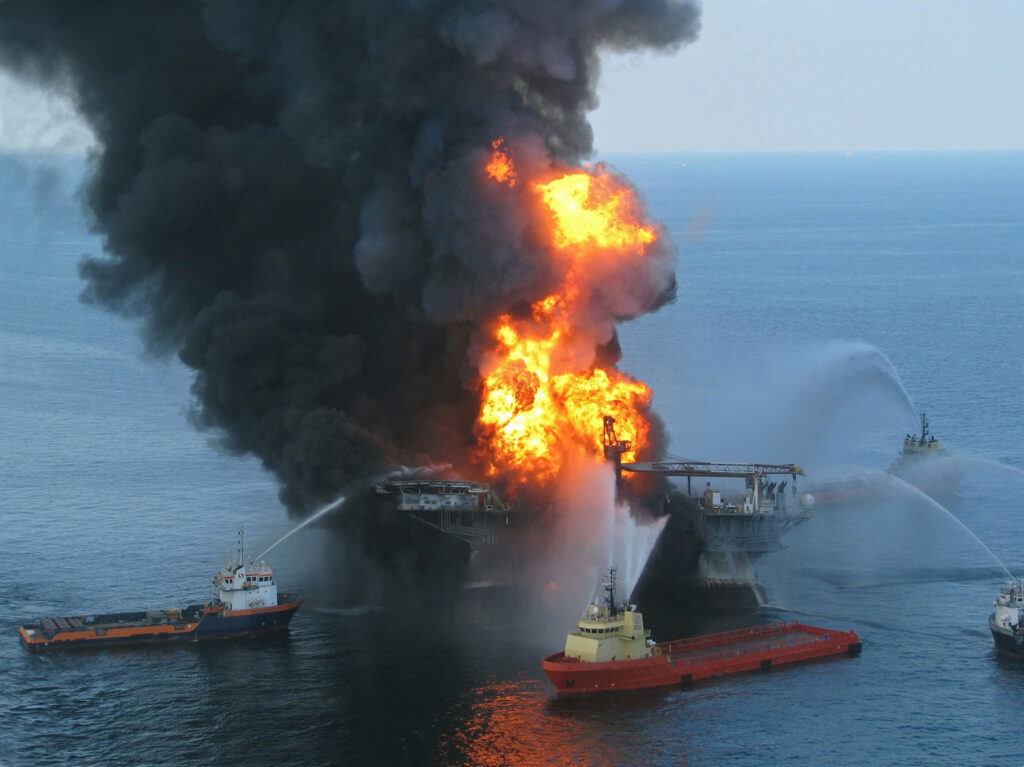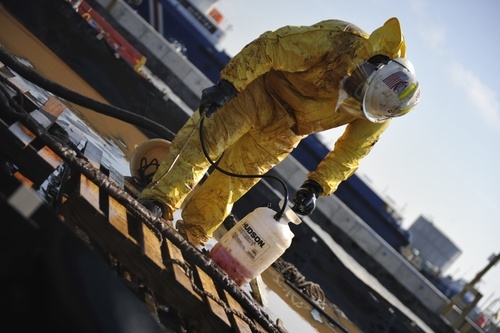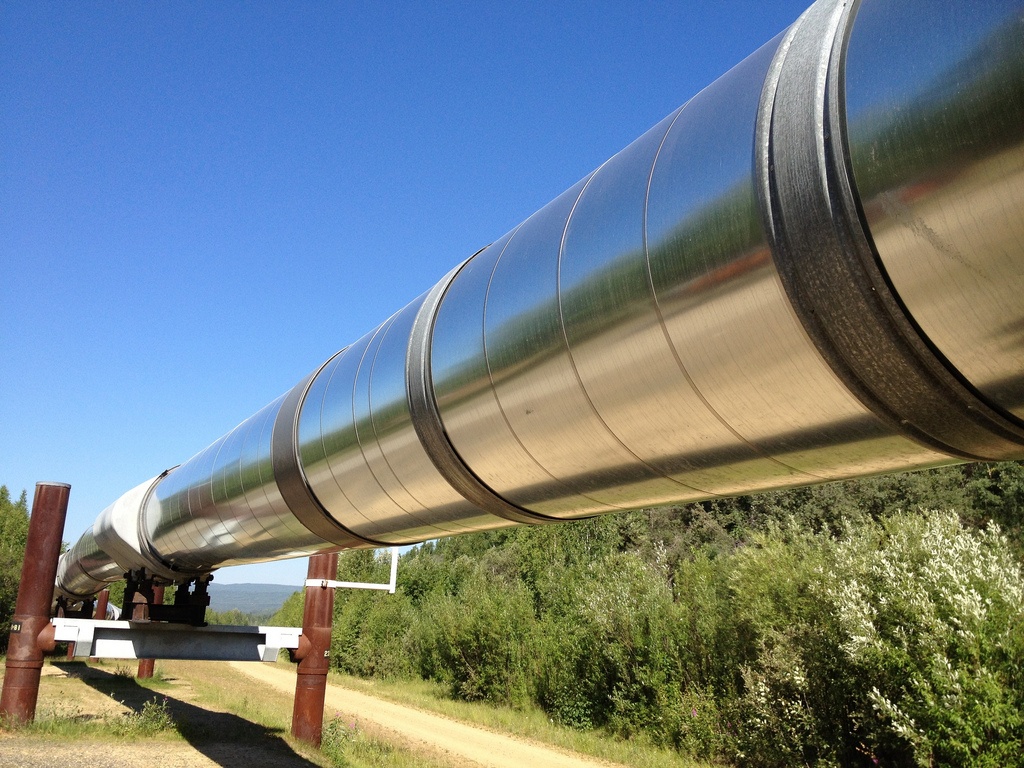What Should Come First: Health or Profit?
Just before Thanksgiving, federal Judge Barbier ruled that BP would not be responsible, up-front, for illnesses that were diagnosed after April 2012 in spill response workers. In a media interview, former cleanup workers described flu-like symptoms known as the “BP Crud,” inadequate training, and minimal equipment that failed to protect them from the pervasive oil vapors, mists, and aerosols.
Déjà vu. Exxon Valdez response workers were told they had the “Valdez Crud”—most didn’t realize in 1989 that they would have it the rest of their lives.
Every day chemical illness (the so-called “crud”) remains untreated, further physical, neurological, and psychological damage occurs. This makes it very likely that much of the damage to people’s health from BP’s Deepwater Horizon disaster will occur years, even decades later just like what happened in “cancer alley.” This notorious 40-mile stretch of petrochemical refineries along the Mississippi River in Louisiana emits volatile organic compounds (VOCs) and heavier polycyclic aromatic hydrocarbons (PAHs)––known human health hazards––just like BP’s spill.
Basically nothing much has changed in oil spill response for over 40 years. The primary tools for “cleanup” are still booms, burning, and dispersants. The spiller hires contractors and the contractors get sick. Money spent in court to fight public fines and private claims, including toxic torts, is written off as a cost of business. And it’s back to business as usual––with the public paying huge, hidden costs for every phase of the oil cycle. Spills and sick people are just the most inconvenient clue that we all are paying a high price to maintain last century’s energy.
The key to changing this paradigm may well be sick people––and making the industry accountable for these costs upfront, because now the stakes are going up. It’s not just workers who risk chemical illnesses from petrochemical exposure. It’s ordinary people.
The Wall Street Journal reported that 15 million people live within one mile of an oil and gas well drilled since the recent fracking boom began in the mid 2000s. Studies on human health impacts from fracking activities––most published only within the last 18 months––show that significant, life-changing health impacts occur within one mile from wells. Less than half of the states require wells to be set back from dwellings and, of these, only two require set backs of more than 500 feet. This means 15 million Americans are directly in harm’s way from fracking activities. Studies report children and unborn babies are especially vulnerable, supported by growing evidence from heavily-fracked communities.
Millions more Americans live near pipeline corridors and railways that carry tar sands oil and flammable oil to ports or refineries. These oils are different than the conventional oil that we are used to. As supplies of conventional oil “peak” and diminish, what’s left are the extremes–extremely heavy tar sands oil concentrated in Polycyclic Aromatic Hydrocarbons or PAHs and extremely light frack oil concentrated in Volatile Organic Compounds or VOCs. The higher levels of PAHs and VOCs make these oils extremely hazardous to humans…
… and the oil industry. Changing the “business-as-usual” oil paradigm hinges on changing the rules. The traditional methods of oil spill response don’t work for oil that explodes or sinks like the extreme oils. Legally, oil can’t be shipped or otherwise transported without response plans to contain and remove spilled oil from the environment. The national contingency plan was written without any consideration of extreme oils. So why are they being shipped without viable response plans?
ALERT staff spent nearly five months of 2014 developing scientific justification for comprehensive revisions to our national contingency plan. Our proposed revisions include provisions for protecting worker health and public health, banning toxic chemicals that make spills even more hazardous to people and wildlife, prohibiting transportation of oils without viable response plans, and more. We invested this time in anticipation of EPA opening the national plan for public comment as early as this month.
Here’s where we could use some help.
Urge EPA to open the rulemaking without further delay.
Tell EPA to ban shipments of extreme oils until shippers have viable contingency plans.
Sign up for our newsletters to stay informed.
And, of course, donate to support ALERT’s work. We are laying groundwork for some very creative legal actions in 2015!




